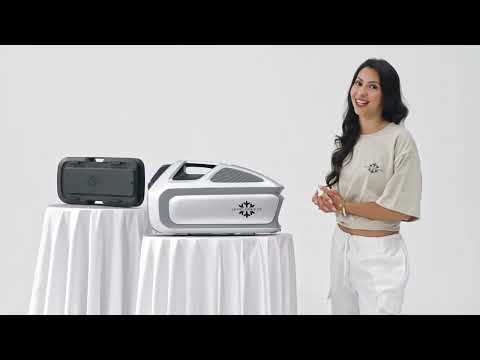The Problem
Most portable ACs just aren’t made for boats. They’re loud, bulky, and usually need a generator or shore power. On a quiet night at anchor, that’s the last thing you want.
The Solution
The ZERO BREEZE Mark 3 is a battery-powered AC built for boaters. It keeps your cabin cool without noise, fuel, or frustration.
What Boaters Really Say About Cooling in the Water
After going through hundreds of boaters, one thing was clear: staying cool on a boat isn't just about finding a solution — it’s about finding one that actually works in your space, your setup, and your lifestyle.These are the real frustrations we see again and again.
These weren’t one-off complaints — they were common themes.
That’s exactly why we built the Mark 3 the way we did: lightweight, battery-powered, quiet, and designed for the realities of life on a boat.
Surprising Use Cases Boat Owners Didn’t Expect
Cool the engine room, keep pets comfortable onboard, or chill your sleeping space at anchor. Mark 3 also works great for camping — even as an emergency backup during hurricane season.
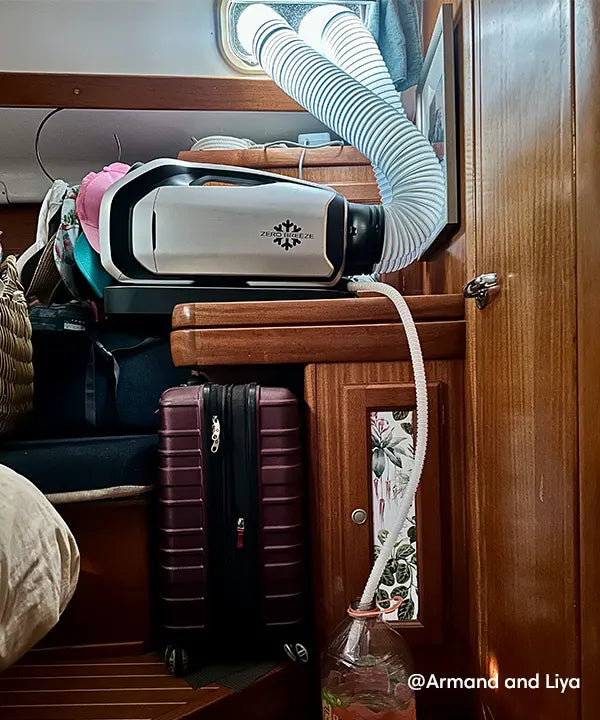

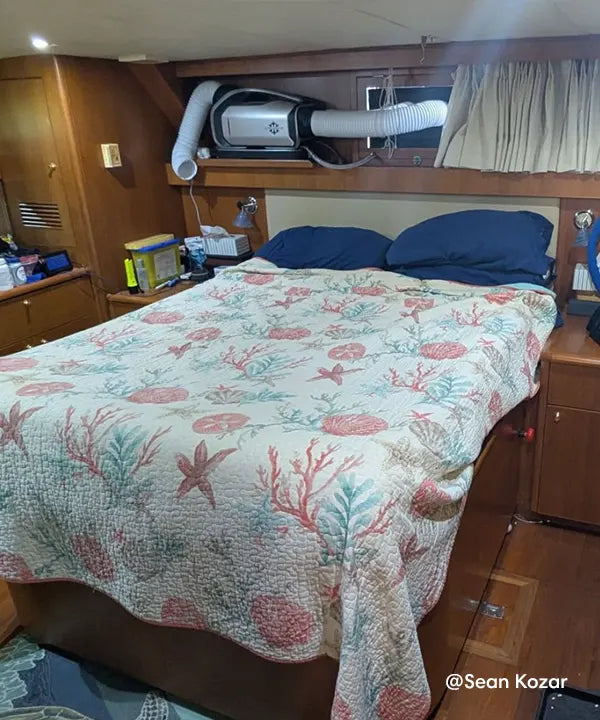
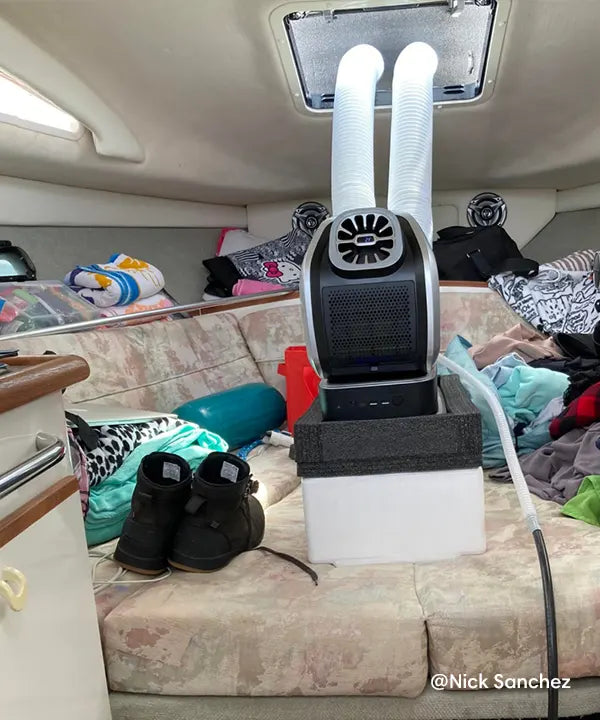
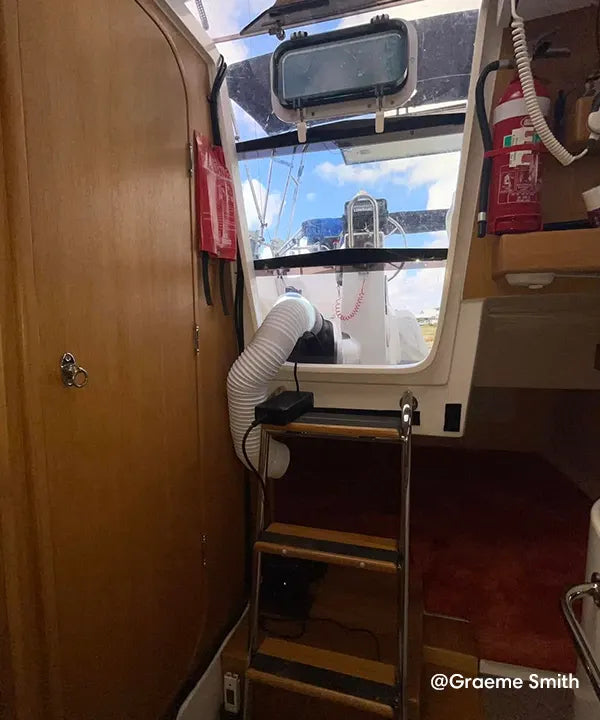
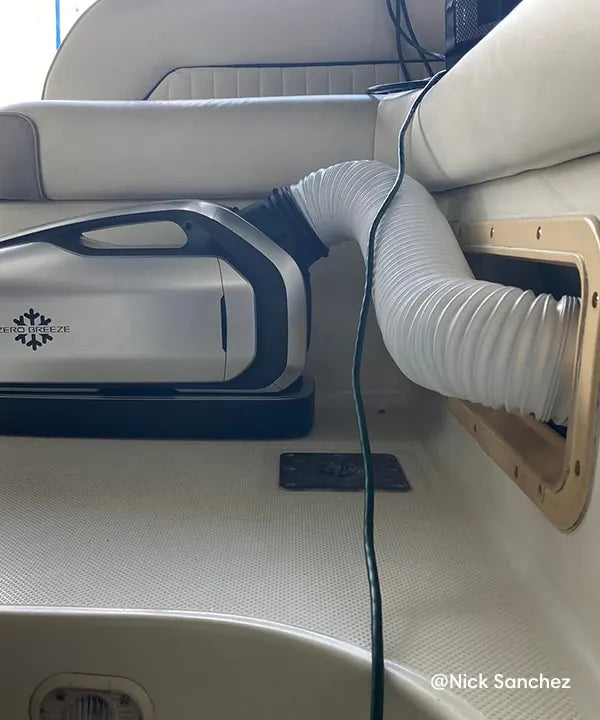
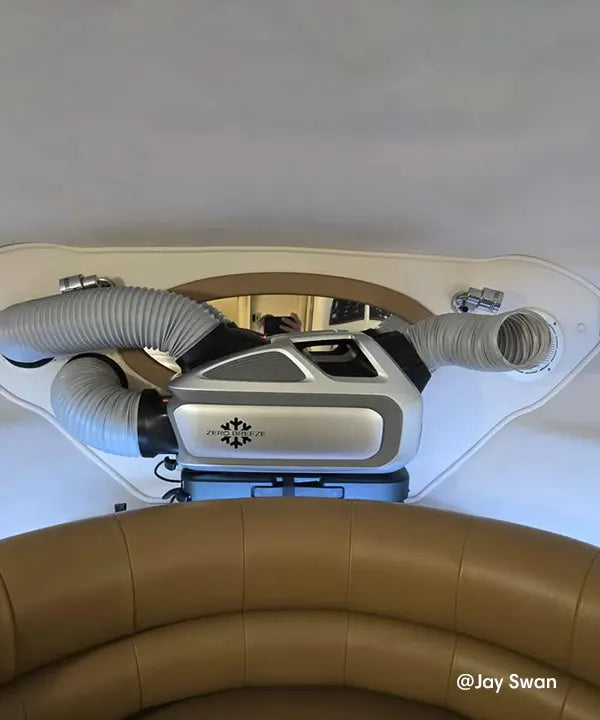

Customer Stories From the Water
See how boaters use the Mark 3 in real life (and when it’s not ideal).
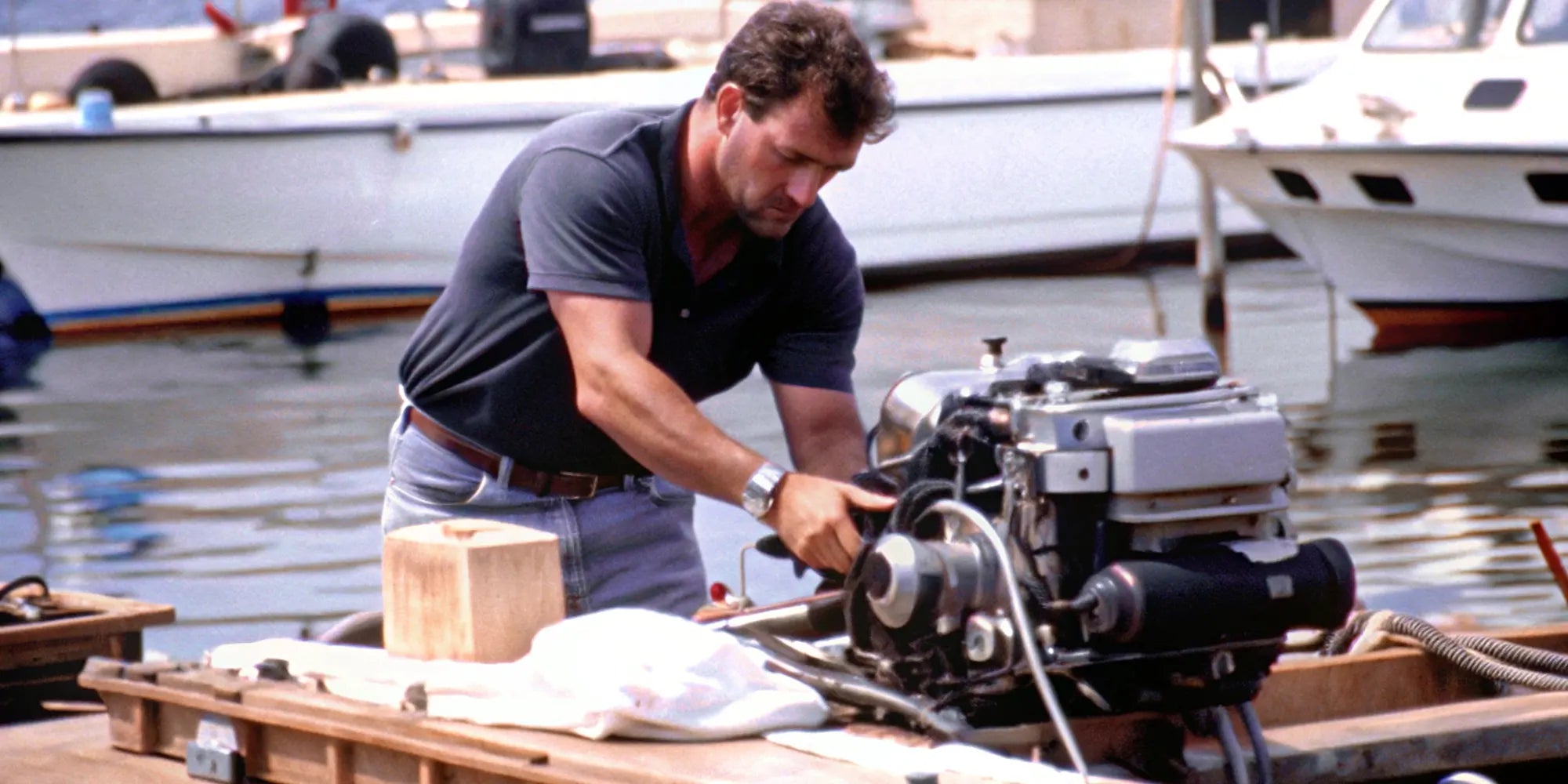
When “Backup AC” Becomes the Main One
We bought it for maintenance days. Now we don’t sleep without it.
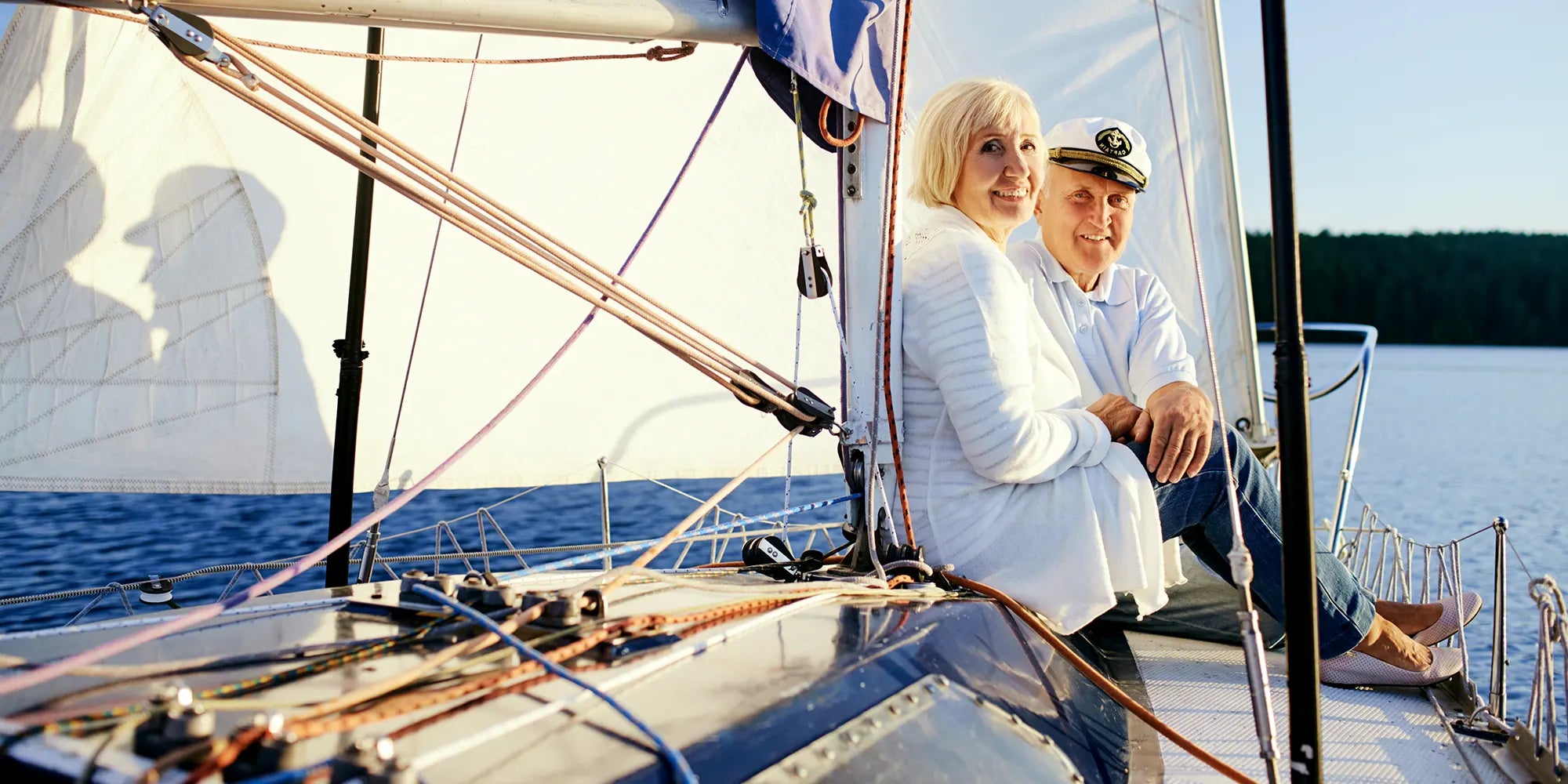
Smart Cooling on My 43ft Sailboat
Turns out, cooling a boat isn’t about more power. It’s about using it smarter.

I Replaced My Window Unit with the Mark 3 AC
$1,500 later, I realized I needed something simpler.
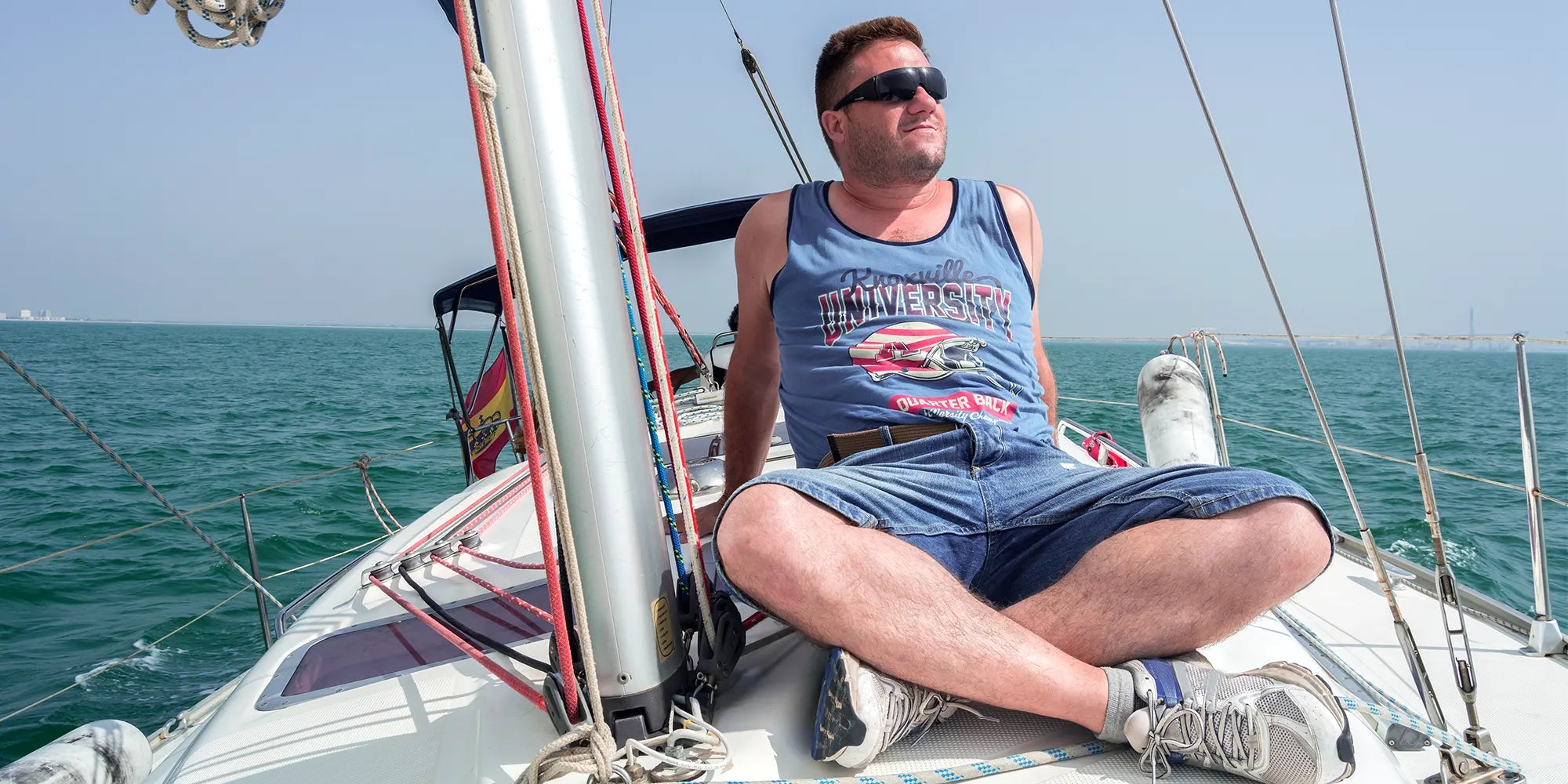
I Found My 100% Solar Powered AC Solution
Just 2 panels and 2 Mark 3 batteries powering my nights.
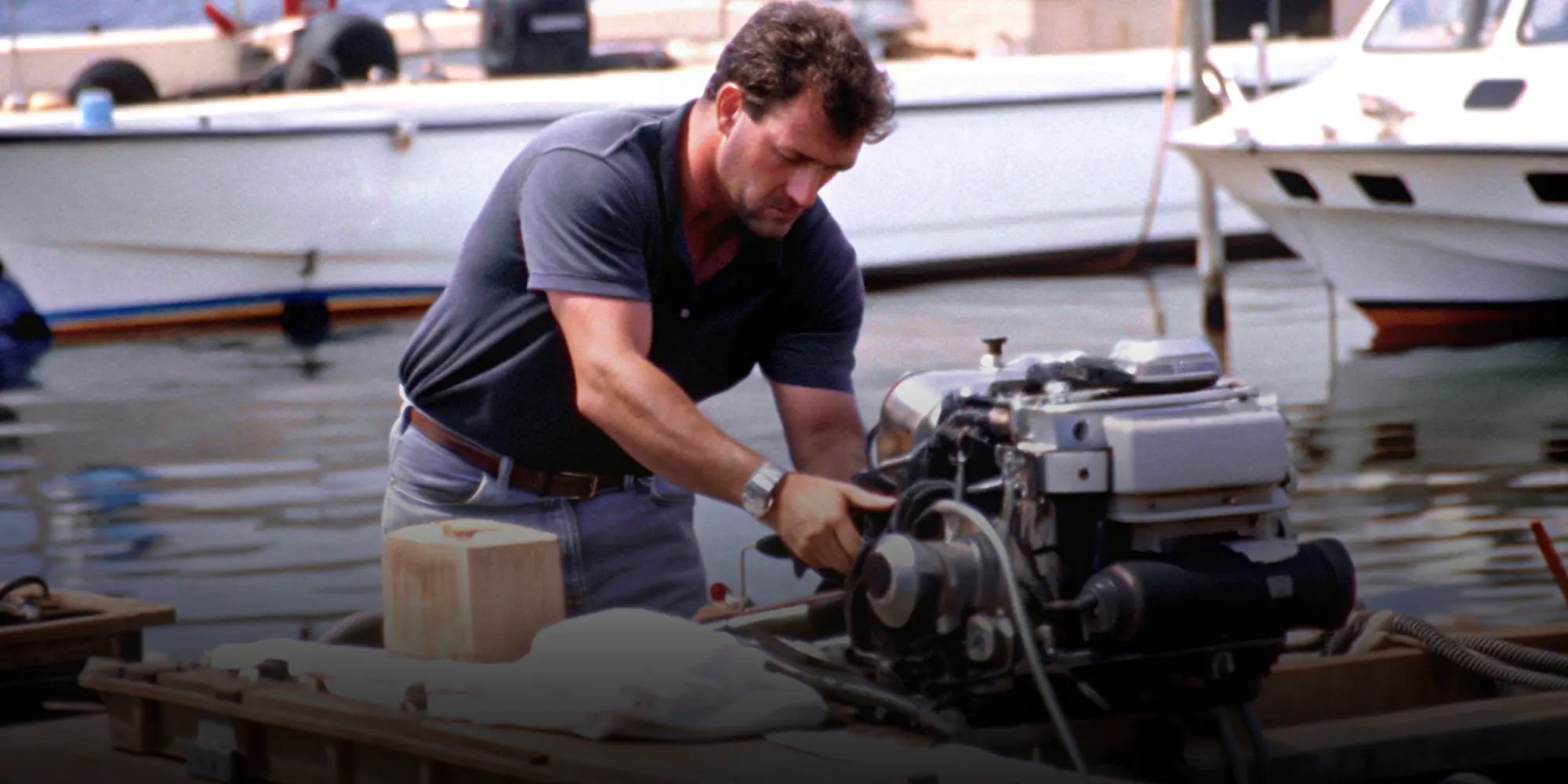
When “Backup AC” Becomes the Main One
When I first bought the Mark 3 AC,
I saw it as a backup — something portable I could use while working in the engine bay or during occasional maintenance days. The mobility was a huge plus onboard. One hot night in May, our built-in marine AC failed. The cabin turned into an oven, and we had no shore power access. I pulled out the Mark 3, hooked up both batteries, and decided to give it a shot. I ran it in Rocket Mode to cool the cabin down quickly. Once the temperature dropped and the kids fell asleep, I switched it to Sleep Mode.
They slept for a solid 9 hours.
No complaints, no tossing and turning. Just quiet, uninterrupted rest. The next morning, I checked — and the batteries weren’t even fully drained. That one night of comfort was all it took to realize how unreliable traditional water-cooled marine ACs really are. Ours failed due to blocked cooling lines, which happen more often than most people expect. When it does, you’re either diving under the hull to clear the inlet or facing a costly haul-out. It’s frustrating, time-consuming, and frankly — avoidable. Now, I don’t sleep without the Mark 3.
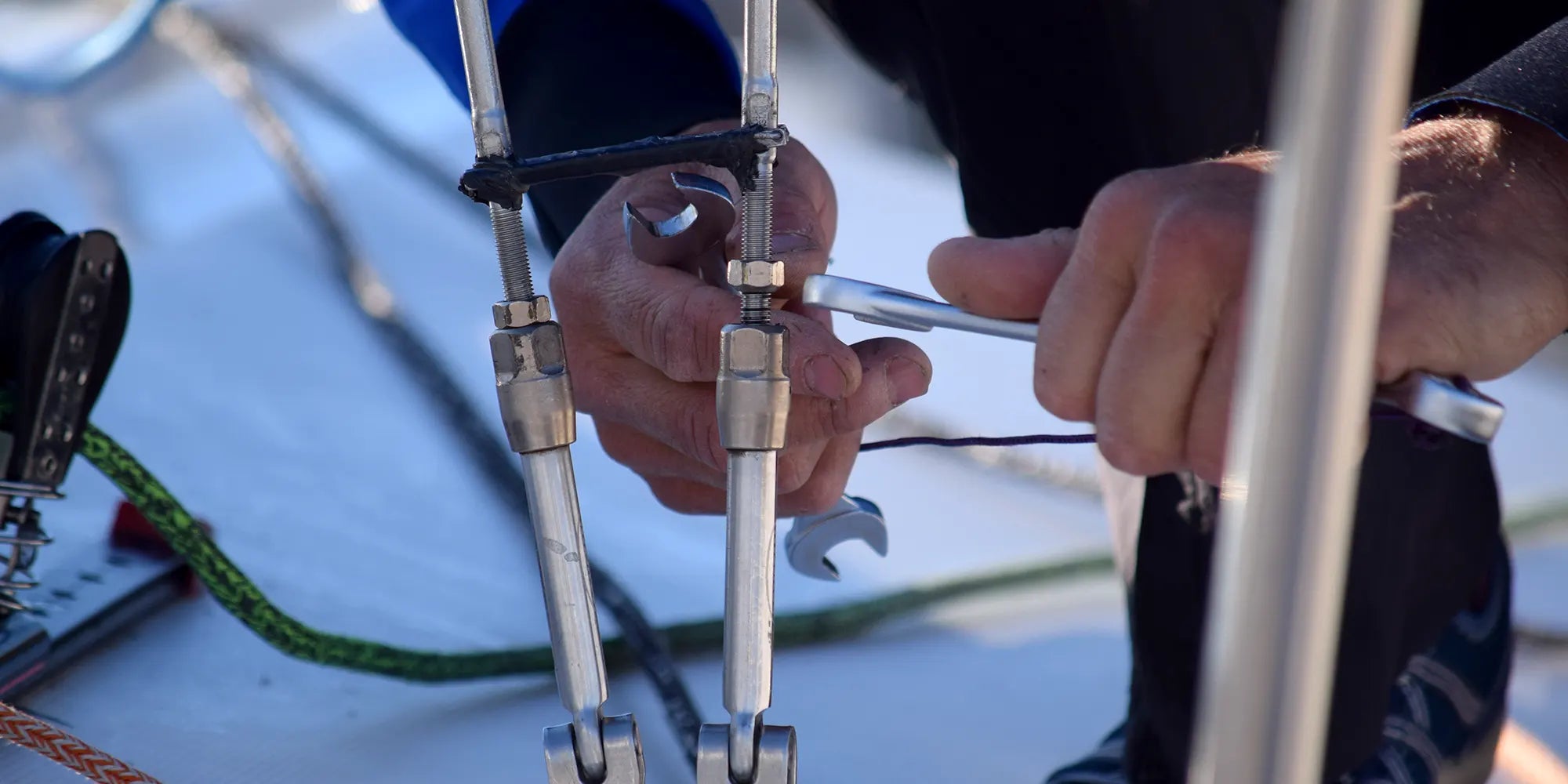
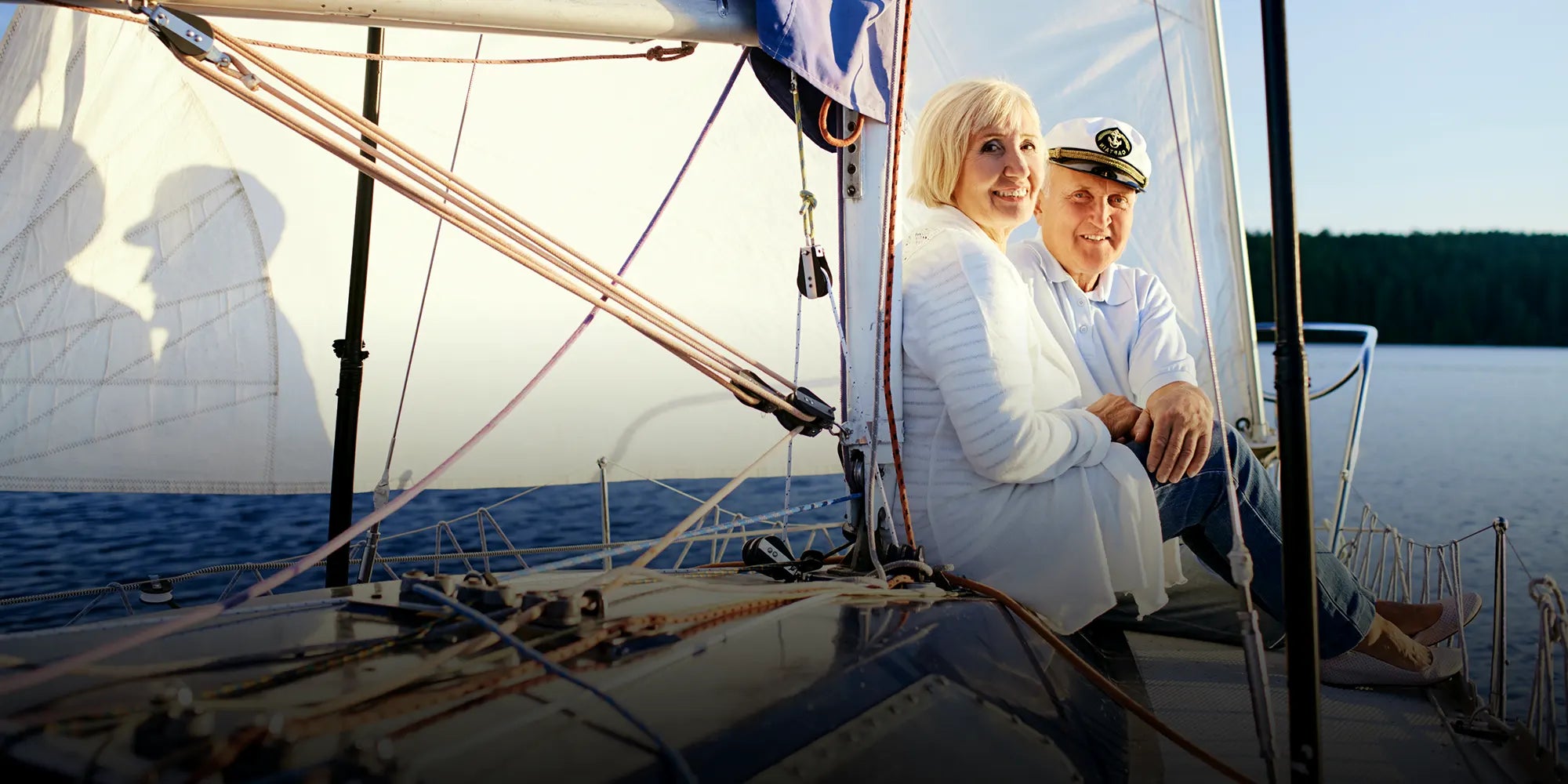
Smart Cooling on My 43ft Sailboat
We use the Mark 3 AC in the main cabin of our 43ft sailboat.
To get the best results, we close all hatch shades during the day — blocking sunlight makes a huge difference in a small space.
In Rocket Mode, the AC blows at 65°F even when it’s 88°F outside.
It doesn’t chill the whole cabin instantly, but it makes the air breathable and the space livable. At night, we switch to Sleep Mode. It runs quieter and keeps things comfortable until morning. Most people haul out for the summer. We’re staying in the Bahamas — because we’ve learned how to cool smart, not just cool hard.


I Replaced My Window Unit with the Mark 3 AC
I used to run a window AC unit in the companionway.
To make it fit, I had to cut into my interior — and even then, it was always in the way. We had to step over it, it blasted hot air into the cockpit, and if I wanted to enjoy the deck, I had to turn it off. It only lasted one summer. Between the unit, my Honda generator, a CO detector, and all the custom mounting gear, I’d spent over $1500 — not to mention the time and hassle.
Then I tried the Mark 3. No generator. No installation.
Just connect its battery and go. I set it on the table by the portlight, run the exhaust hose out, and that’s it. No noise. No mess. No regrets.
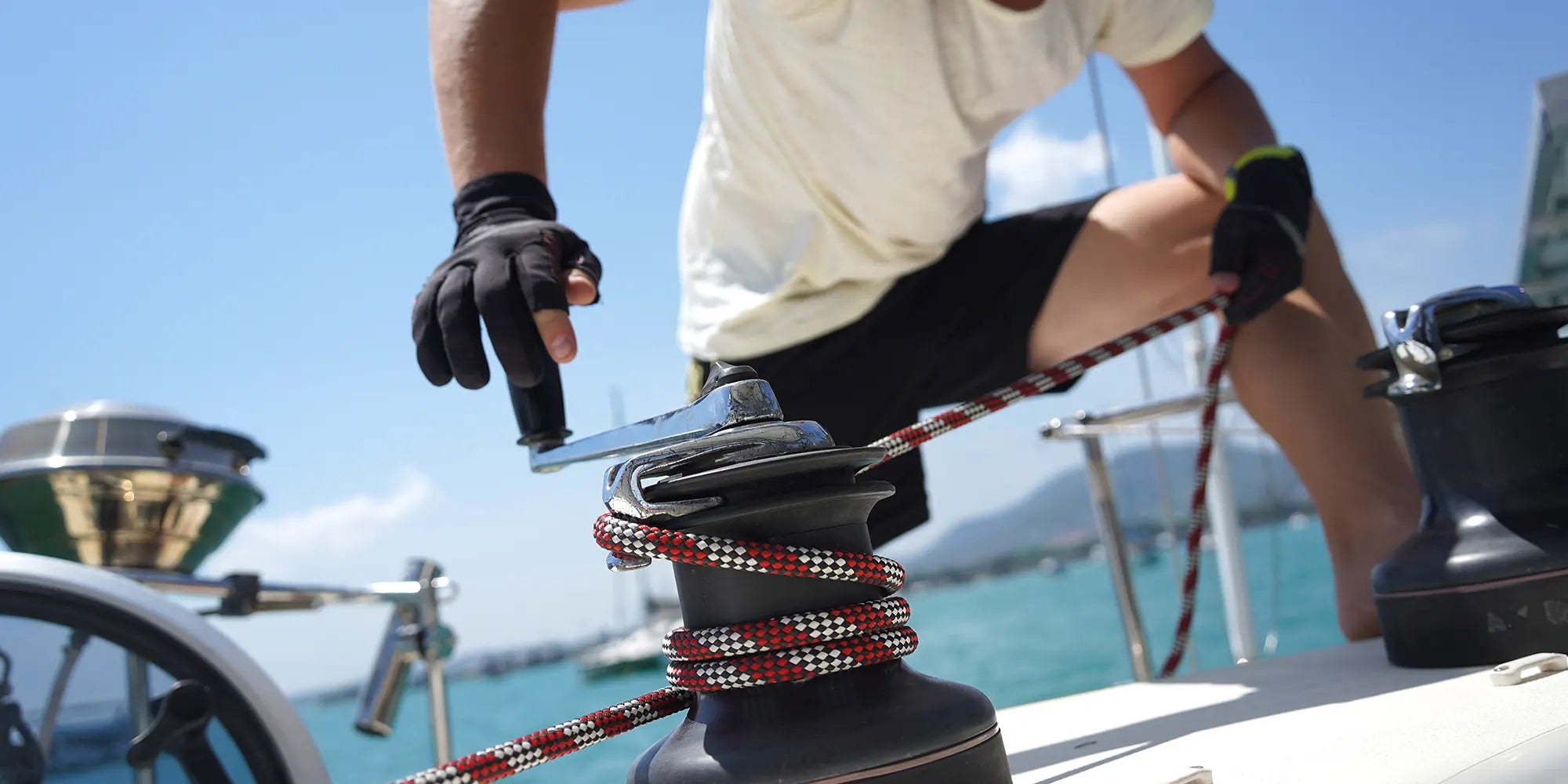
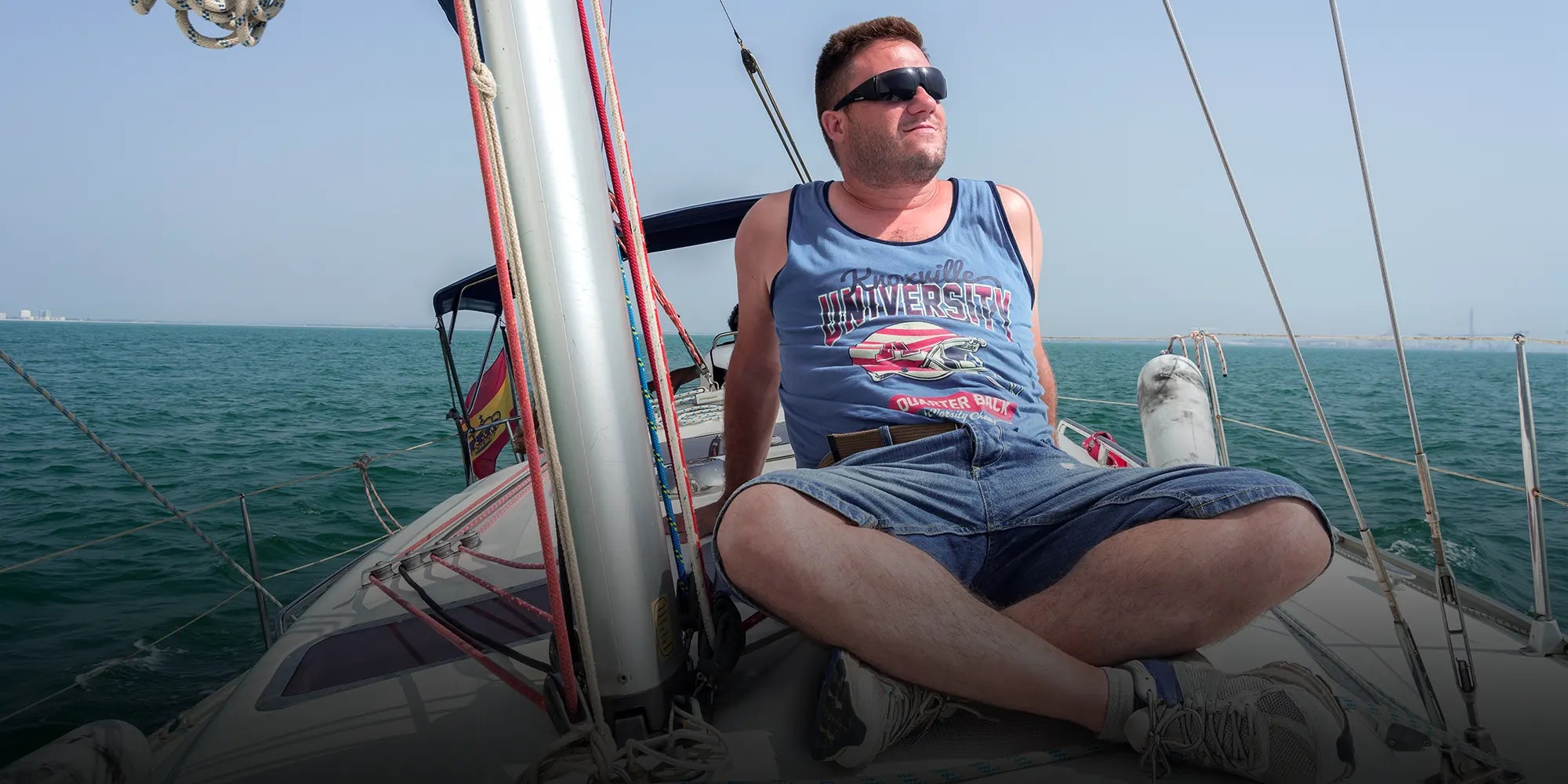
I Found My 100% Solar Powered AC Solution
We cruise off-grid on a 38' boat.
Cooling was the last problem to solve. With limited space and a 200Ah lithium house bank powering our essentials — watermaker, fridge, electronics — I knew a traditional marine AC system wasn’t going to work. It would burn through our power budget and require full installation with thru-hulls and plumbing. Not ideal for our setup. So I looked for something portable, efficient, and solar-friendly. That’s when I found the Mark 3.
I paired it with two Mark 3 batteries, and added two 300W solar panels.
One for each battery. Using the solar charging cables, I charge both batteries directly, without touching our main power bank. With about 4 hours of good sunlight, they’re fully recharged by afternoon. At night, I run the Mark 3 in Sleep Mode, and it keeps our cabin cool and quiet till morning. And no worries about draining the system we rely on for everything else. This setup gave us something we hadn’t had before: reliable, off-grid AC — powered 100% by the sun.
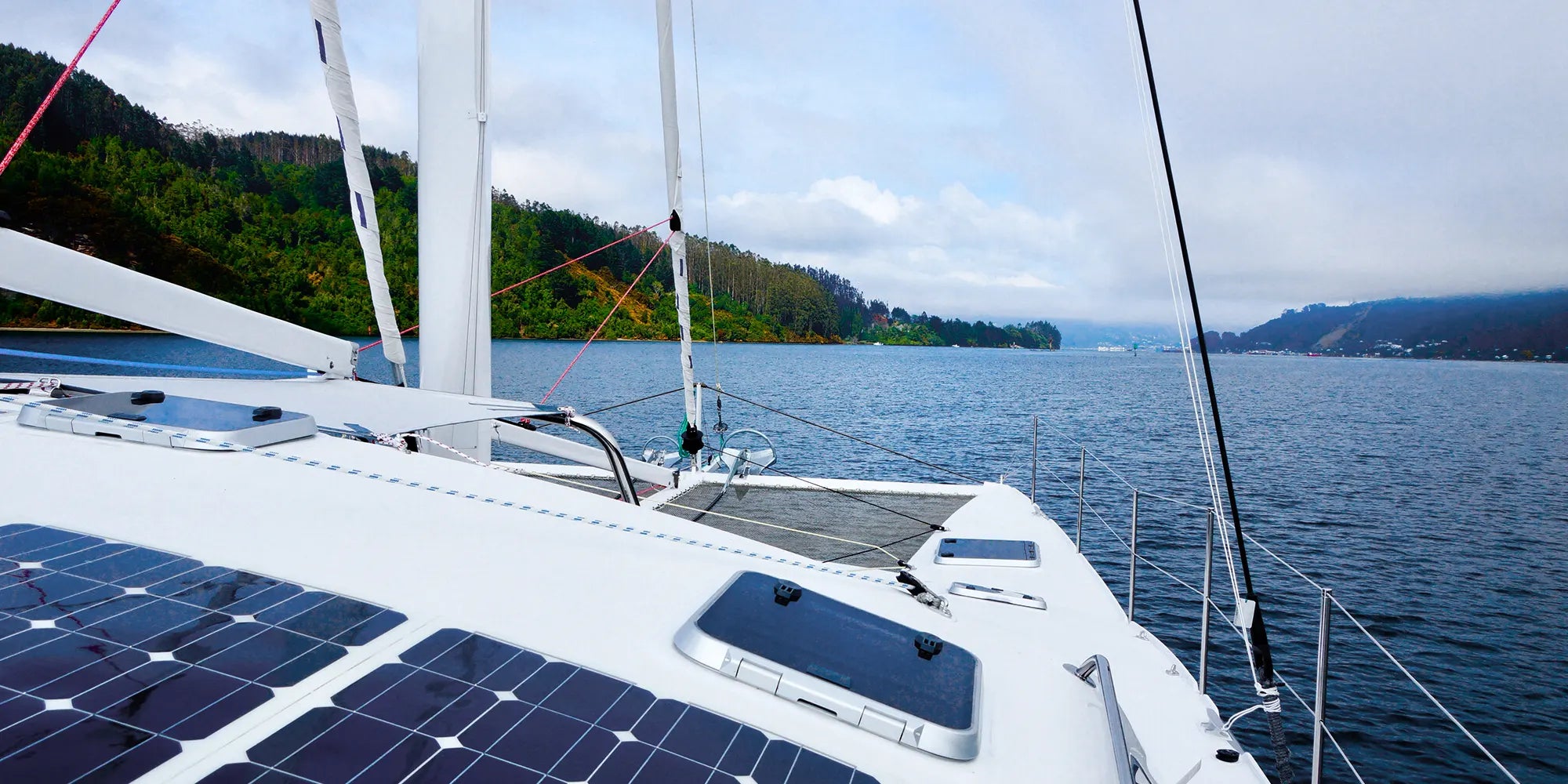
Free 1-on-1 Guidance from HVAC Pros
FAQs
The Mark 3 delivers 5,280 BTU of cooling power, ideal for enclosed spaces like sleeping cabins, berths, or below-deck lounges. One liveaboard user told us it kept his space cool enough to sleep comfortably through hot, humid nights in Florida and the Bahamas.
Yes. The Mark 3 runs on its own 48V battery or can be connected to your boat's existing 12V, 24V, or 36V battery system using ZERO BREEZE's 48V booster (sold separately). As long as your setup delivers up to 500W of output, you're good to go. Many users pair the Mark 3 with their onboard lithium batteries charged via solar, which is a great fit for off-grid use.
Power draw depends on which mode you're using. Here's the typical range for each:
- Rocket Mode: 350–500W
- Cool Mode: 200–350W
- Sleep Mode: 150–200W
- Fan Mode: 12–17W
- Dry Mode: 350–500W
- Care Mode: 150–350W
- Heat Mode: 200–500W
It depends on the mode and how many batteries you use. Here's a breakdown:
- Cool: 3–5 hrs (1 battery)/ 6–10 hrs(2 batteries)
- Sleep: 5–7 hrs / 10–14 hrs
- Rocket: 2–3 hrs / 4–6 hrs
- Fan: 60–85 hrs / 120–170 hrs
- Dry: 2–3 hrs / 4–6 hrs
- Care: 3–7 hrs / 6–14 hrs
- Heat: 2–5 hrs / 4–10 hrs
You can recharge the Mark 3 battery through several methods:
- Using the included 500W AC adapter (charges to 80% in about 2 hours).
- Using another Mark 3 battery (via the built-in charging cable).
- Using solar panels (12–60V input; solar charging cable sold separately).
- Using a 12V car cigarette lighter (cable sold separately).
Yes. The Mark 3 has a dedicated Dry Mode that removes moisture from the air, helping you stay cool and dry while docked or anchored.
The noise level varies depending on the mode:
- Sleep Mode: ~46 dB (whisper-quiet, ideal for nighttime use)
- Standard Mode: ~50 dB (similar to a small fan)
- Boost Mode: ~55 dB (stronger cooling, slightly louder)
Yes. The Mark 3 is IPX4-rated, which means it's splash-resistant. We recommend storing it under a canopy or deck when not in use.
It has an automatic drainage system. When condensate builds up inside, the internal pump kicks in and drains it. No manual emptying is required.
The Mark 3 features a dual-duct system, which uses two separate air pathways—one for intake and one for exhaust—located at the back of the unit. This design offers several benefits that improve cooling efficiency:
- Reduces negative pressure inside the room, optimizing airflow.
- Prevents unconditioned outside air from entering the space.
- Uses outside air for the condenser and expels it back out, ensuring more effective cooling.
As a result, the dual-duct system provides better cooling performance and enhanced energy efficiency compared to single-duct portable air conditioners.
Yes, the Mark 3 has a heating mode. However, it is important to note that this function is designed as a supplementary feature, rather than a primary heating solution. Due to power limitations, the heating mode is only effective when the ambient temperature is above 50°F (10°C).We recommend first using your primary heating system to raise the room temperature to your desired level, and then using the Mark 3’s heating mode to help maintain that temperature.As with most air conditioners, during cooling operations, the front of the unit releases cold air while the rear expels warm air.
Each Mark 3 comes with a 1-year standard warranty and 30-day return policy.














